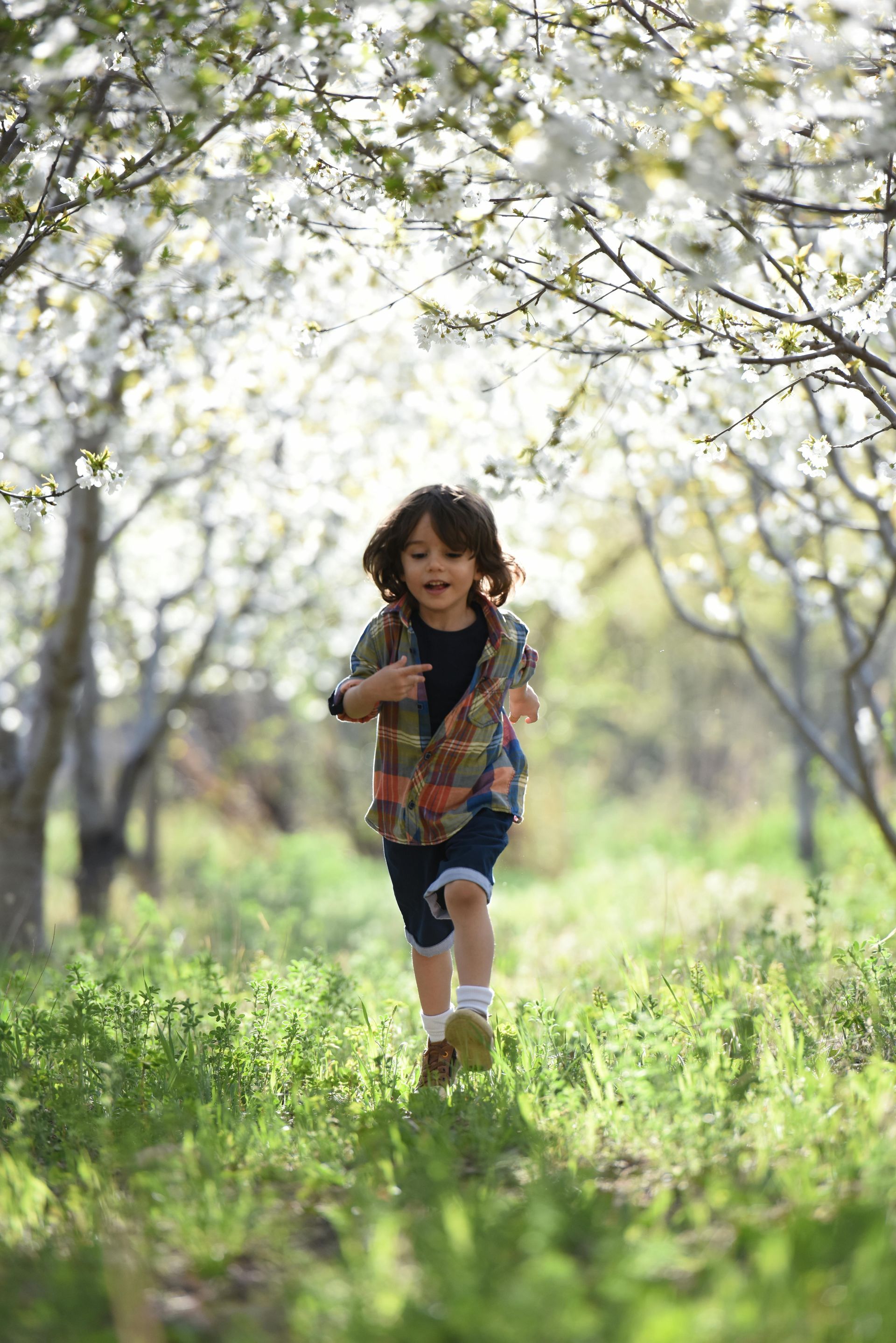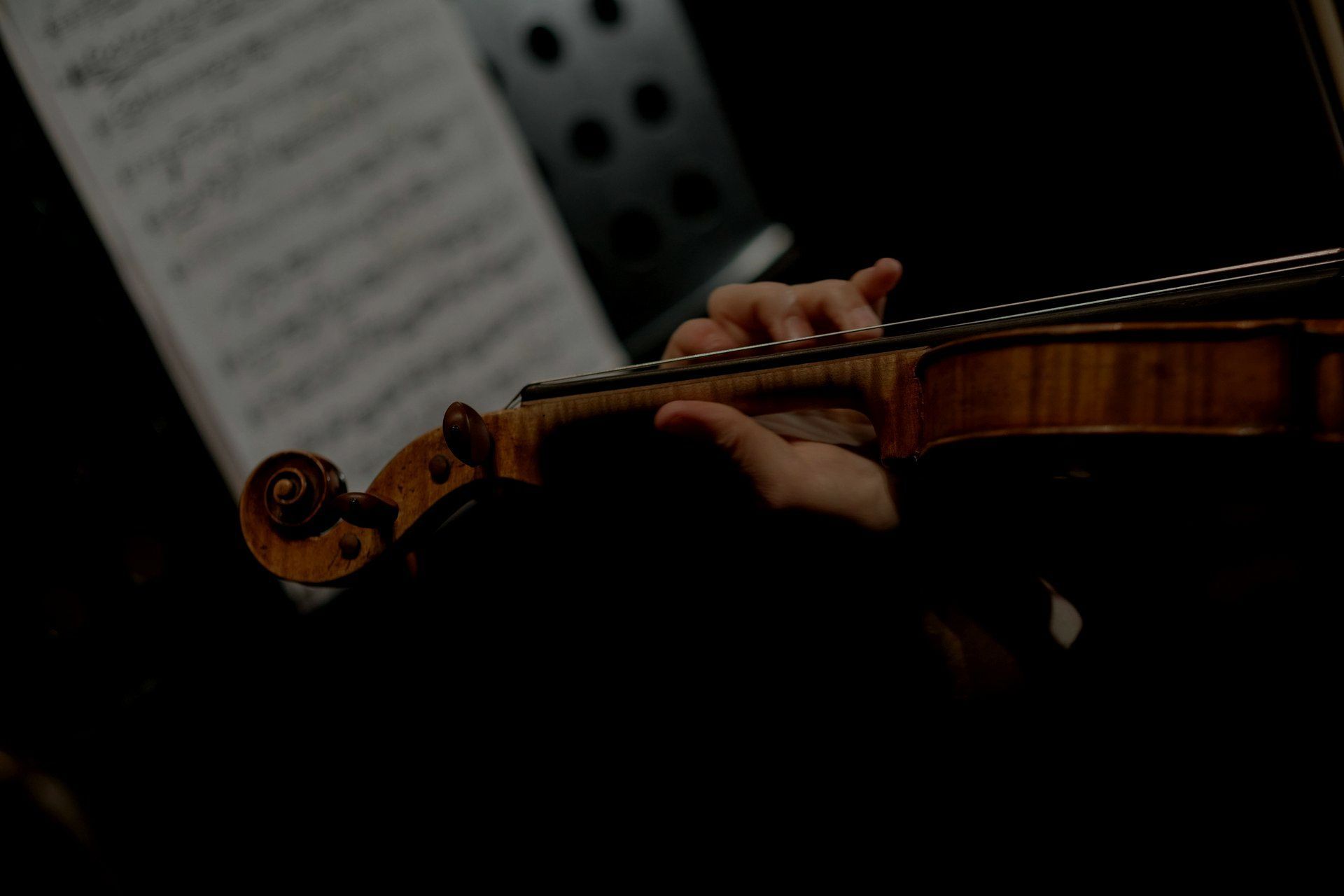We Gather Together
Late into the evening in the early 1600s, a Protestant civil servant and poet sat at his desk in the city of Middelburg, an important city in the provinces fighting for independence from Spain.
A feather quill scratched across his paper, writing down words of gratitude, and a smile lifted his lips as he completed another folk song for his collection.
His spirits lifted as he imagined children and communities singing the song, bringing them together in a time of joy and celebration after the Battle of Turnhout in 1597, one of the significant victories in the Dutch struggle for independence from Spain.
That man’s name was Adrianus Valerius.
Of course, I can’t really know his state of mind while writing this song, but we can imagine. The Dutch hadn’t fully gained independence, but the Battle of Turnhout, where they’d driven out the Spanish army from the Southern Netherlands, was a major first step.
Adrianus wrote the song as part of his work compiling poetry and folk songs to preserve Dutch culture during the war for independence. It was a passion of his, even though it wasn’t his primary profession.
It wasn’t until 1871 when Edward Kremser, an Austrian composer and music teacher, created a choral arrangement that helped spread the hymn throughout Europe. He was well known for his arrangements of folk songs and hymns. Edward cared a lot about reviving and preserving folk melodies and is a big reason why the hymn became so well known.
We Gather Together had not yet reached American churches or Thanksgiving tables, and it still had a long way to go in its journey to becoming a beloved hymn. In 1894, Theodore Baker, a skilled translator, provided one of the early English translations of the hymn.
The hymn gradually gained popularity after becoming available in English. It’s not surprising that in 1903, Dr. Henry Van Dyke, a Presbyterian minister translated it yet again. This is the translation that is most widely used in Churches and homes across the United States and the world today. Thanksgiving is when a lot of people enjoy singing it, but it also circulates hymn books and Christian communities.
While putting together my cover of We Gather Together, I enjoyed staying true to the original melody and simplicity as much as possible. It’s always a goal of mine with the Jonathan Violin Hymns channel, to stay true to origins, bringing older hymns to life when possible. While it will always remind me of Thanksgiving, now when I read the lyrics, sometimes I think of Adrianus Valerius and the true gratitude filling his heart as he wrote the words.
I imagine the streets of his city, how the people prayed for deliverance from an enemy that they’d fought for more than eighty years. They trusted in God to guide them, and with this song, gave thanks for a key victory that lifted their spirits as they continued on with their long battle for independence. A battle ultimately won in 1648 with the signing of the Treaty of Westphalia.
My rendition is below, as well as the lyrics, so you can appreciate them with the image of Adrianus writing at his polished wooden desk with a feather quill, and a prayer on his heart.
Thank you for reading!
Lyrics
We gather together to ask the Lord's blessing;
He chastens and hastens His will to make known;
the wicked oppressing now cease from distressing.
Sing praises to His name, He forgets not His own.
Beside us to guide us, our God with us joining,
ordaining, maintaining His kingdom divine;
so from the beginning the fight we were winning:
the Lord was at our side- the glory be Thine!
We all do extol Thee, Thou leader triumphant,
and pray that Thou still our defender wilt be.
Let Thy congregation escape tribulation;
Thy name be ever praised! O Lord, make us free!
Youtube Channels
Sponsored by VIOLINHYMNS.COM
Jonathan Violin Hymns


Jonathan Violin

Beautiful Piano Hymns

Hymn Karaoke





